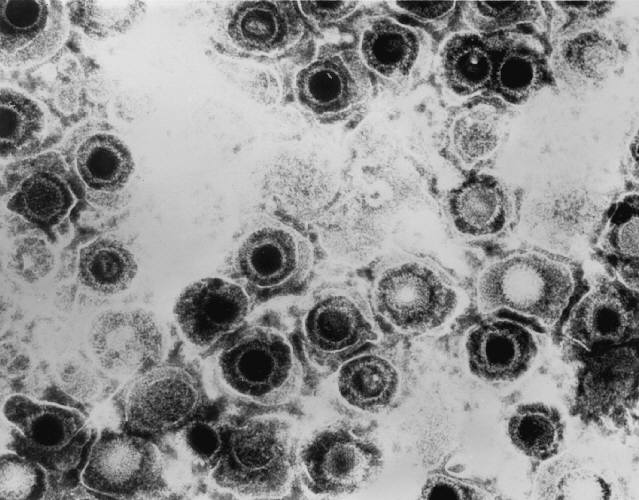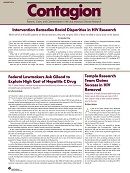CDC Provides More Answers About ZMapp
Now that the two American patients infected with Ebola have arrived safely in Atlanta, the US Centers for Disease Control and Prevention has released more information about ZMapp, the experimental medication the patients were treated with before being flown back to the US.

Now that the two American patients infected with Ebola have arrived safely in Atlanta, the US Centers for Disease Control and Prevention (CDC) has released more information about ZMapp, the experimental medication the patients were treated with before being flown back to the US.
In the wake of reports that Kent Brantly, MD, and Nancy Writebol were treated with ZMapp (which has not been approved by the FDA), there have been many questions about where the drug, what it does, and why only the two patients out of more than 1000 were able to receive it. While both Brantly and Writebol seem to be responding well to the medicine, the CDC reported that it is too early to determine how effective the medication is in combating the Ebola virus.
“It is too early to know whether ZMapp is effective, since it is still in an experimental stage and has not yet been tested in humans for safety or effectiveness,” the CDC noted. “Some patients infected with Ebola virus do get better spontaneously or with supportive care.It’s important to note that the standard treatment for Ebola remains supportive therapy.”
That “supportive therapy,” includes maintaining proper levels of fluids and electrolytes, keeping a patient’s oxygen and blood levels regulated, and treating any resulting complications.
The CDC reported that as of August 4 there were 1603 suspected and confirmed cases of Ebola virus infection in Africa and 887 suspected deaths as a result. With ZMapp still in the developmental stage the CDC said there is a “very limited supply”that is planned to be used for further testing and perhaps eventual approval.
The manufacturer of ZMapp “has been planning for phase 1 clinical trials and does not have the capacity to manufacture large quantities of the treatment.”
One of the biggest questions that has been asked since it was revealed the two Americans were treated with ZMapp is how they were able to acquire it. According to the CDC, the missionary group Samaritan’s Purse the two were working with reached out to the CDC and was referred to the National Institutes of Health (NIH), which put them in contact with the drug’s manufacturer. “The NIH was not involved with procuring, transporting porting, approving, or administering the experimental treatments,” the CDC announced.
Also of note in the CDC statement is that the NIH’s National Institute of Allergy and Infectious Diseases, the Department of Defense’s Threat Reduction agency, and the HHS’ Biomedical Advanced Research and Development Authority have “provided support for the development of this experimental treatment.”
While Brantly and Writebol continue treatment at Emory University there has been a second reported possible case of Ebola on the East Coast. A story on NJ.com reported that a patient checked in to CentraState Medical Center in Freehold, NJ, with “flu-like symptoms after returning from West Africa.”
The patient had no known contact with anyone having Ebola and “is experiencing mild symptoms and has improved since last night, making the patient more likely to be experiencing any of a myriad of other common illnesses,” according to a statement from the New Jersey Department of Health.
The reports about the New Jersey patient have health officials on alert, coming only days after another patient checked into Mount SinaiHospital in New York complaining of similar symptoms after a trip to Africa. That patient also is not believed to have Ebola but final test results are still pending.
